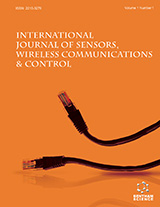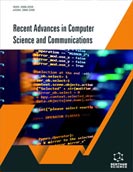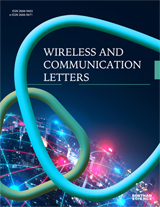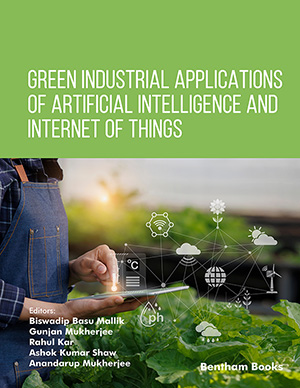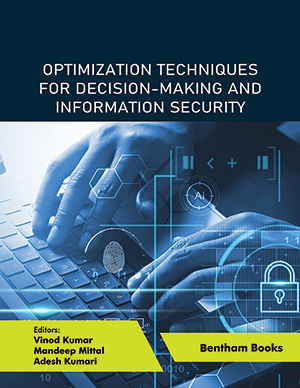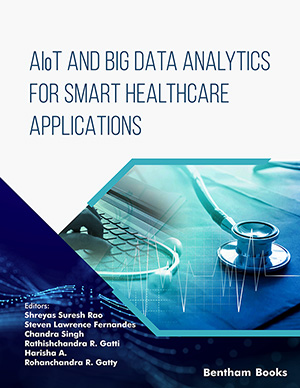Abstract
Intelligent Transportation Systems (ITS) have attracted the attention of developing nations because of their potential to enhance mobility and road safety, two issues that have become increasingly pressing in recent years. Information and Communication Technology (ICT) has accentuated every industry, and the automobile industry is no exception, allowing vehicles to communicate among themselves and the surrounding infrastructure for information exchange using Vehicle-to-Everything (V2X) communication. Vehicle-to-vehicle (V2V), vehicle- to-infrastructure (V2I), vehicle-to-pedestrian (V2P), and vehicle-to-cloud (V2C) connections are made possible through the use of state-of-the-art networking technology. With EVehicles at the forefront, the vision of an ITS expands further. ITS is anticipated to offer wireless network-based services including vehicle occupant entertainment, traffic flow optimization, and accident prevention. Most nations have been trying to standardize the ITS architecture, and the European Union (EU) has been at the forefront by developing and standardizing the ETSI (European Telecommunications Standards Institute) architecture. As the most mature ITS architecture, this paper thoroughly explains the ETSI architecture in a single document for both the researcher's and newcomers' ease. Additionally, the challenges and issues pertinent to adopting and implementing the ITS ecosystem have also been discussed in detail.
[http://dx.doi.org/10.1016/j.vehcom.2014.05.001]
[http://dx.doi.org/10.1109/ICCCNT.2013.6726668]
[http://dx.doi.org/10.1145/3240765.3243462]
[http://dx.doi.org/10.1109/IVS.2014.6856462]
[http://dx.doi.org/10.1109/CCAA.2016.7813782]
[http://dx.doi.org/10.1109/COMST.2018.2808444]
[http://dx.doi.org/10.1016/j.compeleceng.2014.01.009]
[http://dx.doi.org/10.1016/j.adhoc.2012.05.006]
[http://dx.doi.org/10.1002/dac.3849]
[http://dx.doi.org/10.1109/MCOMSTD.2017.1700015]
[http://dx.doi.org/10.1109/JPROC.2011.2132790]
[http://dx.doi.org/10.1109/MVT.2017.2777259]
[http://dx.doi.org/10.1109/WiMob50308.2020.9253436]
[http://dx.doi.org/10.1007/978-3-030-05081-8_1]
[http://dx.doi.org/10.1080/24751839.2017.1295601]
[http://dx.doi.org/10.1109/VETECS.2008.458]
[http://dx.doi.org/10.1186/1687-1499-2014-89]
[http://dx.doi.org/10.1109/TVT.2017.2750803]
[http://dx.doi.org/10.1109/TVT.2016.2591558]
[http://dx.doi.org/10.36548/jsws.2021.2.005]
[http://dx.doi.org/10.1016/j.vehcom.2015.03.005]
[http://dx.doi.org/10.1109/MCOM.2008.4539481]
[http://dx.doi.org/10.1109/MVT.2017.2752798]
[http://dx.doi.org/10.1109/TITS.2017.2649538]
[http://dx.doi.org/10.1145/3272036.3272038]
[http://dx.doi.org/10.1109/ACCESS.2019.2922236]
[http://dx.doi.org/10.1016/j.suscom.2019.05.002]
[http://dx.doi.org/10.1109/JIOT.2020.2967568]
[http://dx.doi.org/10.1109/ACCESS.2019.2891105]


